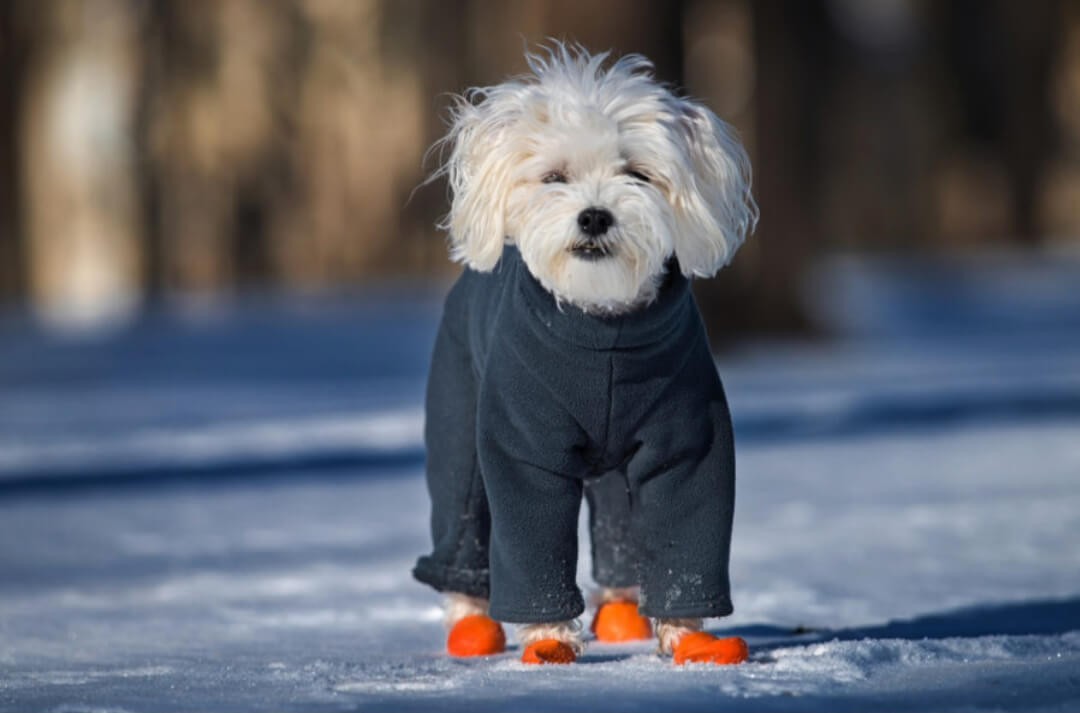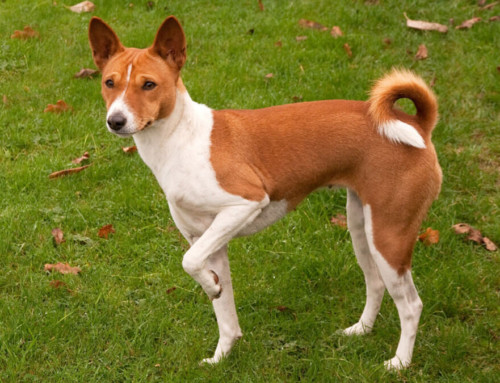Remember, if it’s too cold for you, it’s probably too cold for your pet.
- When cats and dogs are exposed to the cold for too long, Pets have more chances to suffer from Hypothermia and frostbite.
- Here’s what you need to know as you keep a close eye on your pets in winter.
1. Keep your pet inside

- Cats and dogs should be kept inside during cold weather. It’s a common belief that dogs and cats are more resistant than people to cold weather because of their fur, but it’s untrue.
- Like people, cats and dogs are susceptible to frostbite and hypothermia and should be kept inside.
- Longer-haired and thick-coated dog breeds, such as huskies and other dogs bred for colder climates, are more tolerant of cold weather, but no pet should be left outside for long periods in below-freezing weather.
2. Preparing warm space for pet

- Providing shelter for pet in cold weather doesn’t have to be hard. You can use an already-manufactured pet house, a wooden box, even a cardboard box. Insulate all sides of the shelter with foam board, old blankets, or plastic, then line the bottom with an old sleeping bag, coats, fleece, even inexpensive hay.
- Making sure your dog has warm, dry, draft-free, covered shelter, preferably in a garage, shed, or beneath a carport or porch awning.
Warming that shelter with bedding you check daily — wet bedding can be fatal to a pet. Look into purchasing electric heating products specifically made for a dog’s use.
3. Sweaters and coat

- Long-haired or thick-coated dogs tend to be more cold-tolerant, but are still at risk in cold weather.
- Short-haired pets feel the cold faster because they have less protection, and short-legged pets may become cold faster because their bellies and bodies are more likely to come into contact with snow-covered ground.
- Use a dry sweater or coat each time your dog goes outside. Wet sweaters or coats can actually make your dog colder. Some pet owners also use booties to protect their dog’s feet; if you choose to use them, make sure they fit properly.
4. Preparing for a walk during winter

- Massaging petroleum jelly or other paw protectants into paw pads before going outside can help protect from salt and chemical agents.
- Booties provide even more coverage and can also prevent sand and salt from getting lodged between bare toes.
- During walks, your dog’s feet, legs and belly may pick up deicers, antifreeze, or other chemicals that could be toxic. When you get back inside, wipe down (or wash) your pet’s feet, legs and belly to remove these chemicals and reduce the risk .
- Keep your home humidified and towel dry your pet as soon as he comes inside, paying special attention to his feet and in-between the toes. Remove any snow balls from between his foot pads.
5. Proper nutrition

- Providing your dog plenty of food; pets need even more calories in the winter to help them keep warm.
- Being sure that fresh, unfrozen water is available to your dog every day will help keep her well-hydrated and her skin less dry.


















erotik says:
bursa escort says:
CBD gummies for pain says:
Raishkhan Pathan says: